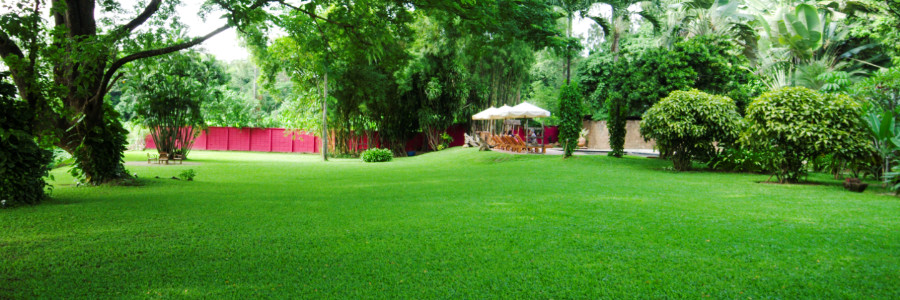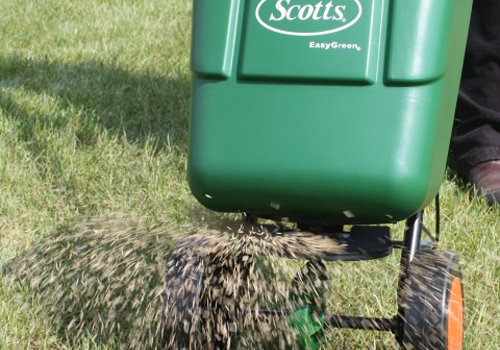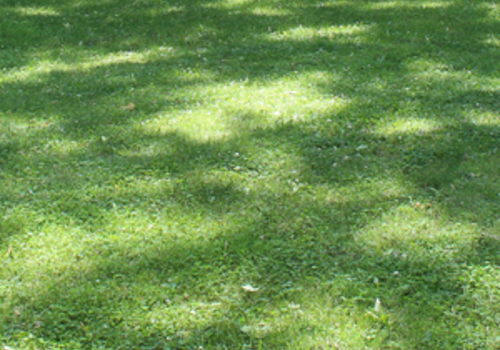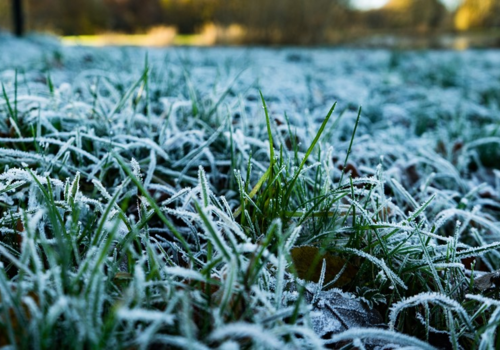
Every gardener wants a beautiful lawn, but it can be hard to achieve. Once you have sown your lawn seeds or grass seeds and established a lawn, you need to maintain it with regular cutting to keep it at its best.
Lawn mowing advice
To keep the grass in optimum condition, it is best to mow little and often. We recommend that you never remove more than a third of the grass's length on any single cut. If you want a shorter lawn, allow a couple of days for the grass to recover and gradually reduce the length over several cuts. Also check out our mowing calendar.
Can I cut wet grass?
It is best to cut the lawn when the grass is completely dry, but in the British weather, this is not always so simple. If you must cut damp grass, then push the mower along more slowly than usual. You will need to keep the underside of the mower and blades clean, as wet grass can be sticky and difficult to collect in the grass box.
How to cut the lawn effectively
Cut the lawn in strips, with each one slightly overlapping the last. You can use tape to mark each side of the mower to help you do this. Cutting in overlapping strips is especially important with a wheeled mower, otherwise you will be digging furrows into the lawn with every cut!
If your mower has a roller, then change direction at least once a month, alternating between up and down and side to side across the lawn. Don't worry too much about catching all the grass at the edges on your first attempt as it can be easier to mow around the perimeter at the end of the cut.
If there are slopes or areas with shade, then mow them at a setting slightly higher than the rest of the lawn. Bumpy lawns can be particularly tricky to mow effectively. There is a risk that in the high spots the blade will cut the grass at the roots and leave bald spots. If this is the case, it is better to increase the mowing height over the whole lawn rather than leave areas that will be susceptible to moss and weeds.
Cutting stripes into the lawn
To cut stripes into your lawn, you will need to alter the lawnmower's height setting up and down at the end of each run. If you have a lawn without straight edges and you want to cut stripes into it, then mow a straight line right down the middle of the lawn and then mow either side of it.
Grass box on or off?
There are two schools of thought about grass boxes. We recommend that you occasionally mow without the grass box in the summer when the grass is dryer, to conserve moisture. In the growing season, from the first cut until the summer, leaving grass cuttings on the lawn can help to feed it. If you have applied liquid feed or iron to the lawn, then leave the grass box off for the next cut to keep the nutrients in the lawn.
Blunt blades
Sometimes after a cut, the lawn will have a 'silver sheen', or the grass might look rough and frayed. This is a sign that the lawnmower blade needs sharpening. With cylinder mowers, a blunt blade can stutter or leave a rippled effect. This could also be a sign of wet grass, so first, try walking more slowly and mowing more frequently so water cannot pool beneath the grass as easily.
For additional information about factors that could affect your beautiful lawn read our Common Lawn Diseases and Causes article or contact us at Boston Seeds today.


